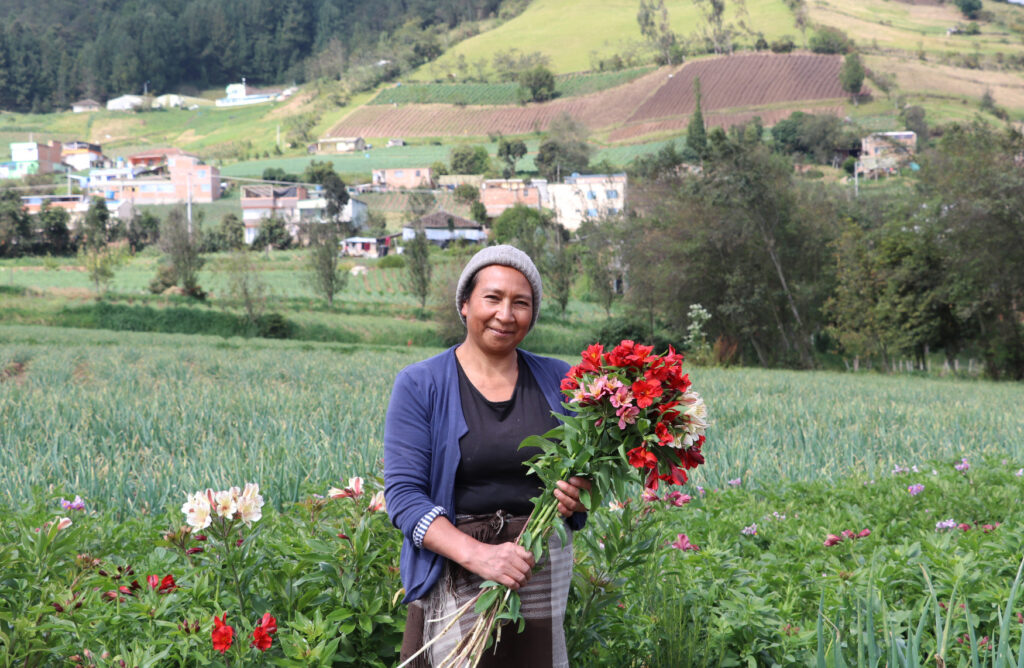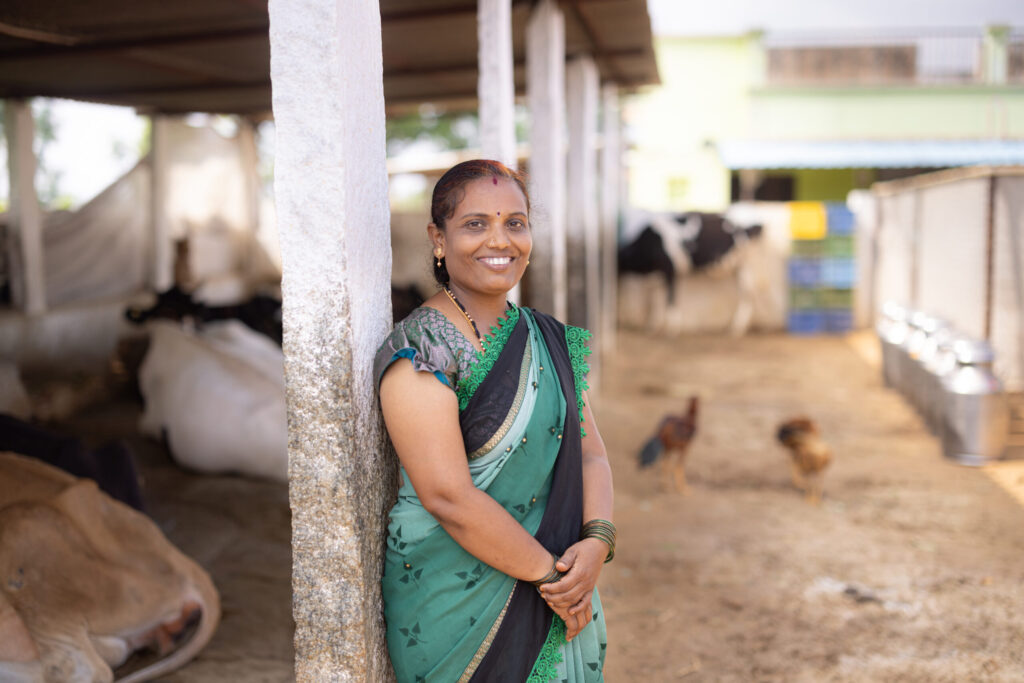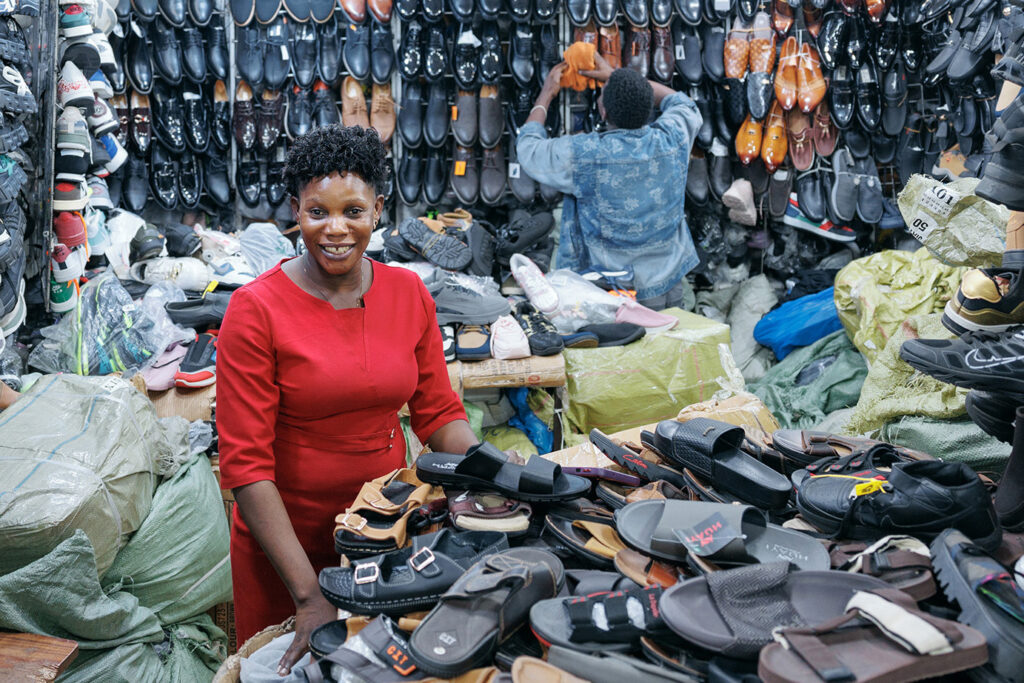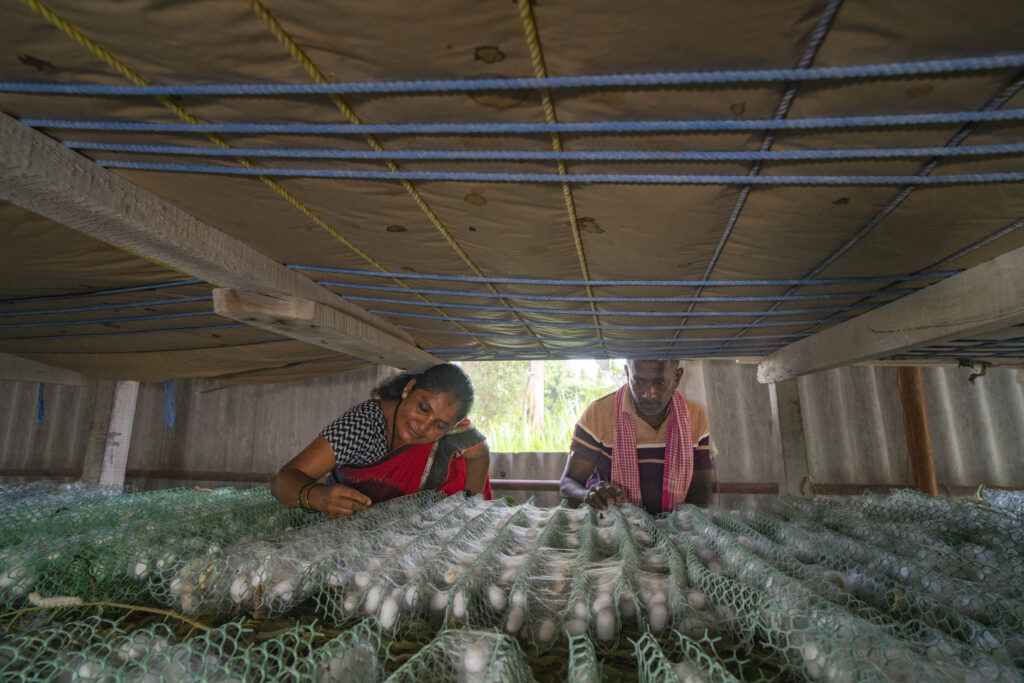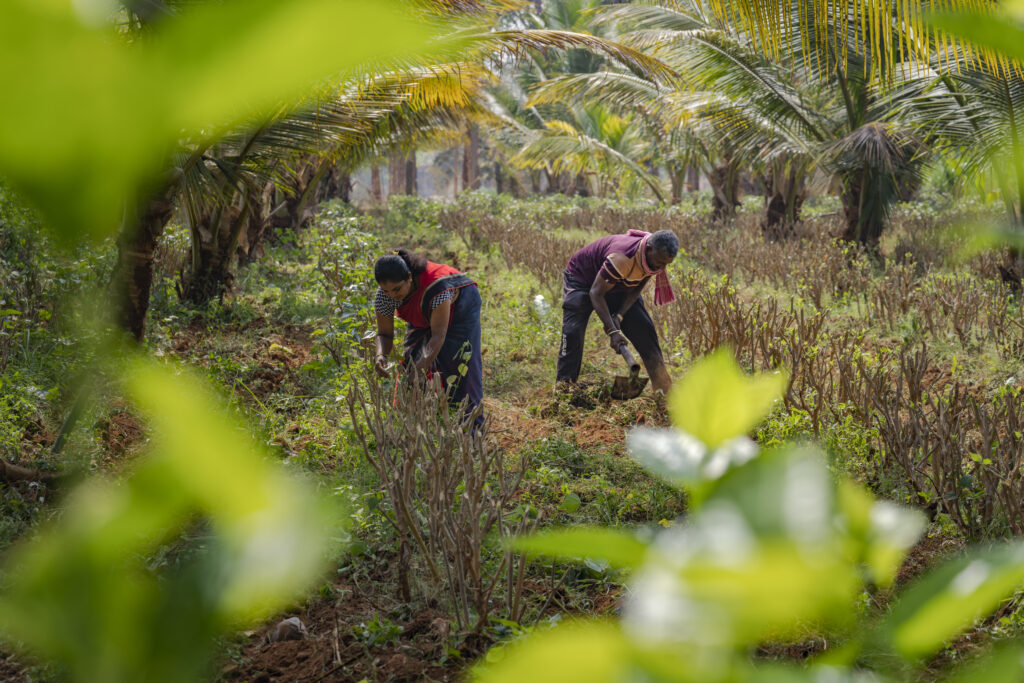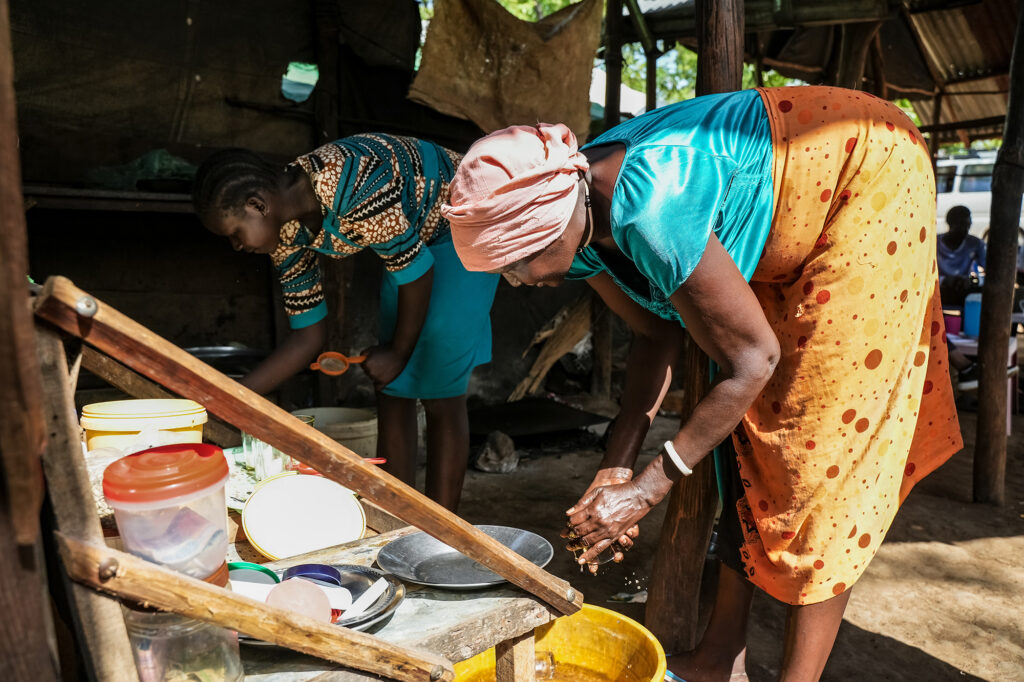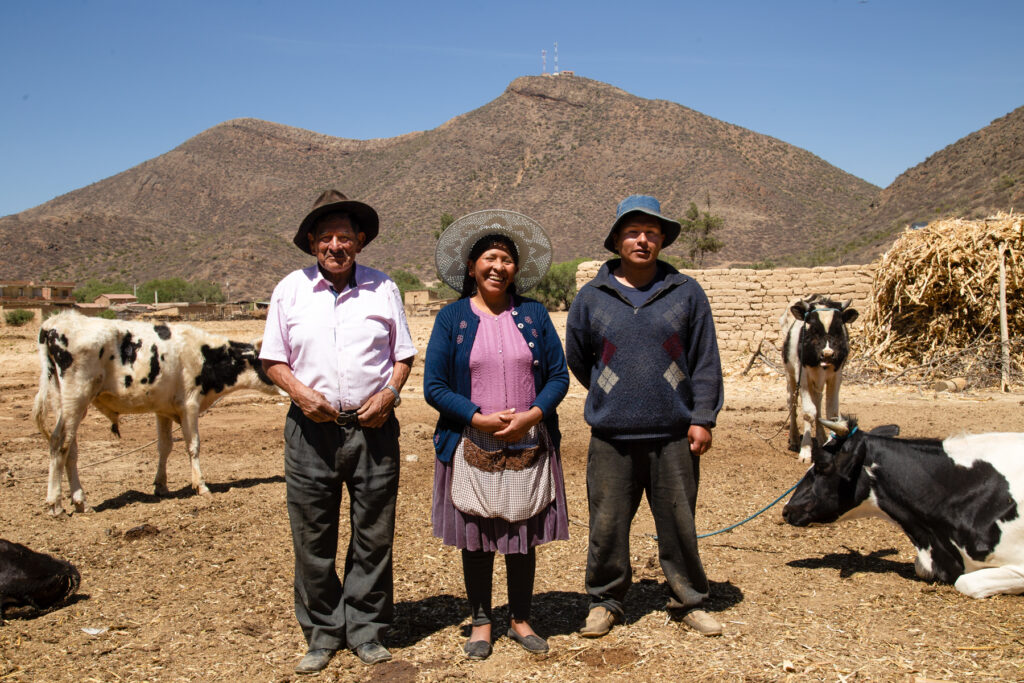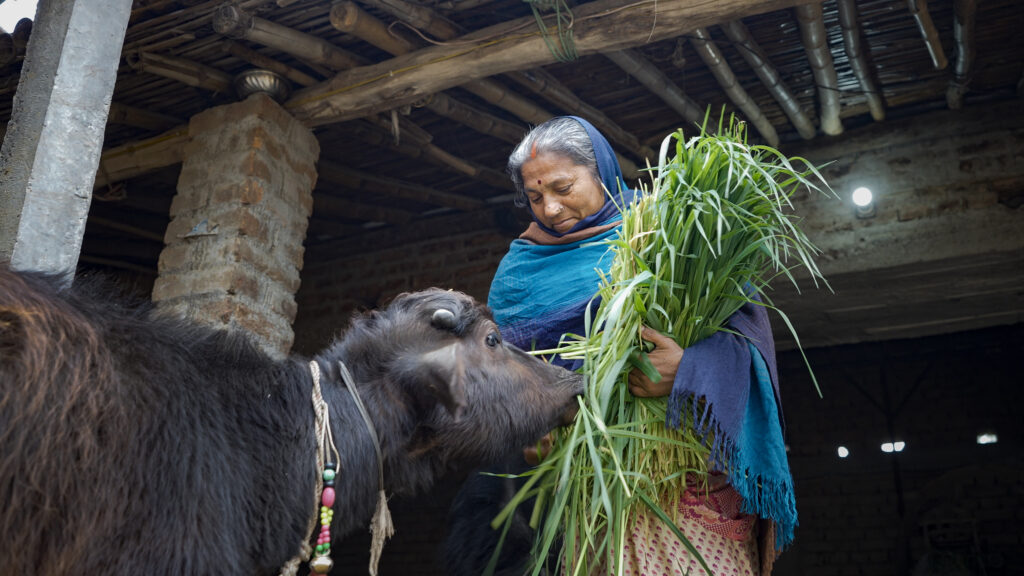
On a small piece of land in a village in Uttar Pradesh, India, Shankari cultivates vegetables like tomatoes, okra, pumpkins, and gourds for her family and for sale in the market. While her husband works long hours as a server in a small restaurant in Delhi to earn a livelihood, back in the village, Shankari juggles both household chores and their small-scale vegetable farming business to supplement household income. Despite actively managing business and household finances for many years, Shankari relied solely on cash transactions, mostly due to hesitation in learning how to make digital payments and fear of financial loss or fraud. That changed when a farmer cooperative started making digital payments for buying agricultural produce in her village.
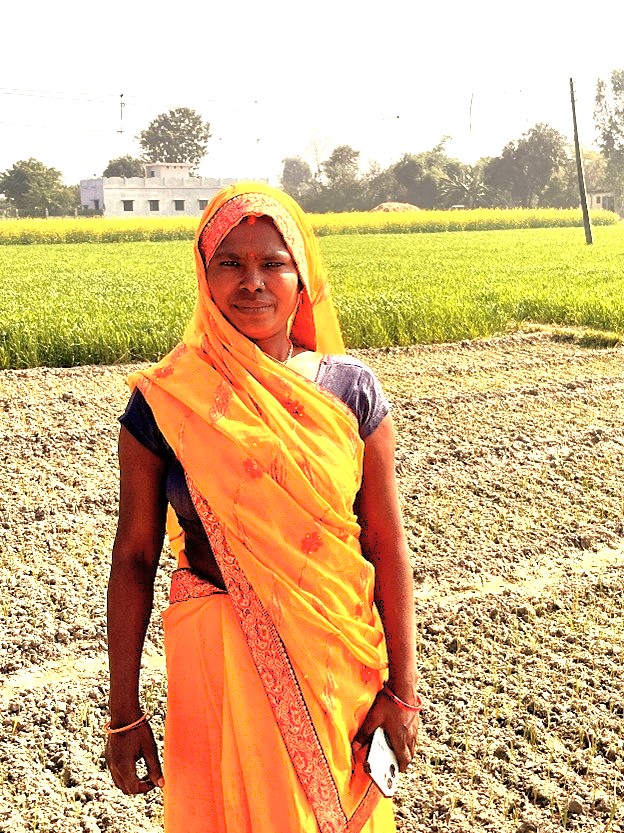
Observing that farmers using UPI — an instant real-time payment system — received immediate payments while cash-based transactions faced delays, Shankari recognized the benefits of digital finance. With help from her son, she gradually learned to navigate digital applications and check transaction notifications.
Millions of women in rural parts of India actively participate in income-generating activities like working in small-scale agriculture or running microenterprises, contributing a significant portion to India’s GDP and economic growth. However, most do not have access to a safe space for saving money, accessing credit for emergencies or investments, and acquiring insurance services to safeguard their future. Their absence from the formal economy often limits their access to credit, subsidies, welfare schemes, and relief funds — leaving them inequitably vulnerable to economic shocks, social prejudices, and the impact of natural disasters.
Digital payments: A gateway to women’s financial inclusion
While India has made significant progress towards financial inclusion of rural women — 55.5 percent of bank accounts in India are held by women — the adoption of digital financial services remains an enormous challenge. For many rural women, digital repayments can serve as an entry gate to participate in the formal economy. It helps them start small by switching from cash payments to sending and receiving money via easily operatable digital platforms. It helps them move beyond cash-based transactions and build a digital footprint, which improves their access to capital and a variety of other financial services. Building on a successful two-year collaboration with HSBC India, Accion partnered with Belstar Microfinance, Swabhimaan Finance, and Utkarsh Small Finance Bank to scale digital repayment solutions among rural women. The initiative focussed on process optimization, data utilization, and capacity-building of staff to drive the adoption of digital loan repayments among women borrowers.
Challenges: Traditional loan repayments vs digital repayments
For financial service providers (FSPs), traditional cash-based loan repayments are labor-intensive, requiring field officers to conduct door-to-door collections. This method increases cost, operational inefficiencies, and exposes institutions to the risk of fraud. Meanwhile, rural women, who often rely on cash transactions due to cultural norms, struggle to transition to digital payments due to two key barriers:
- Limited digital literacy: Nearly 60 percent of Indian women own smartphones, yet many lack formal education and fundamental digital skills needed to navigate mobile applications or digital payment platforms.
- Lack of trust: Low exposure to digital transactions creates hesitation, fueled by fears of fraud or errors in financial transactions leading to potential losses.
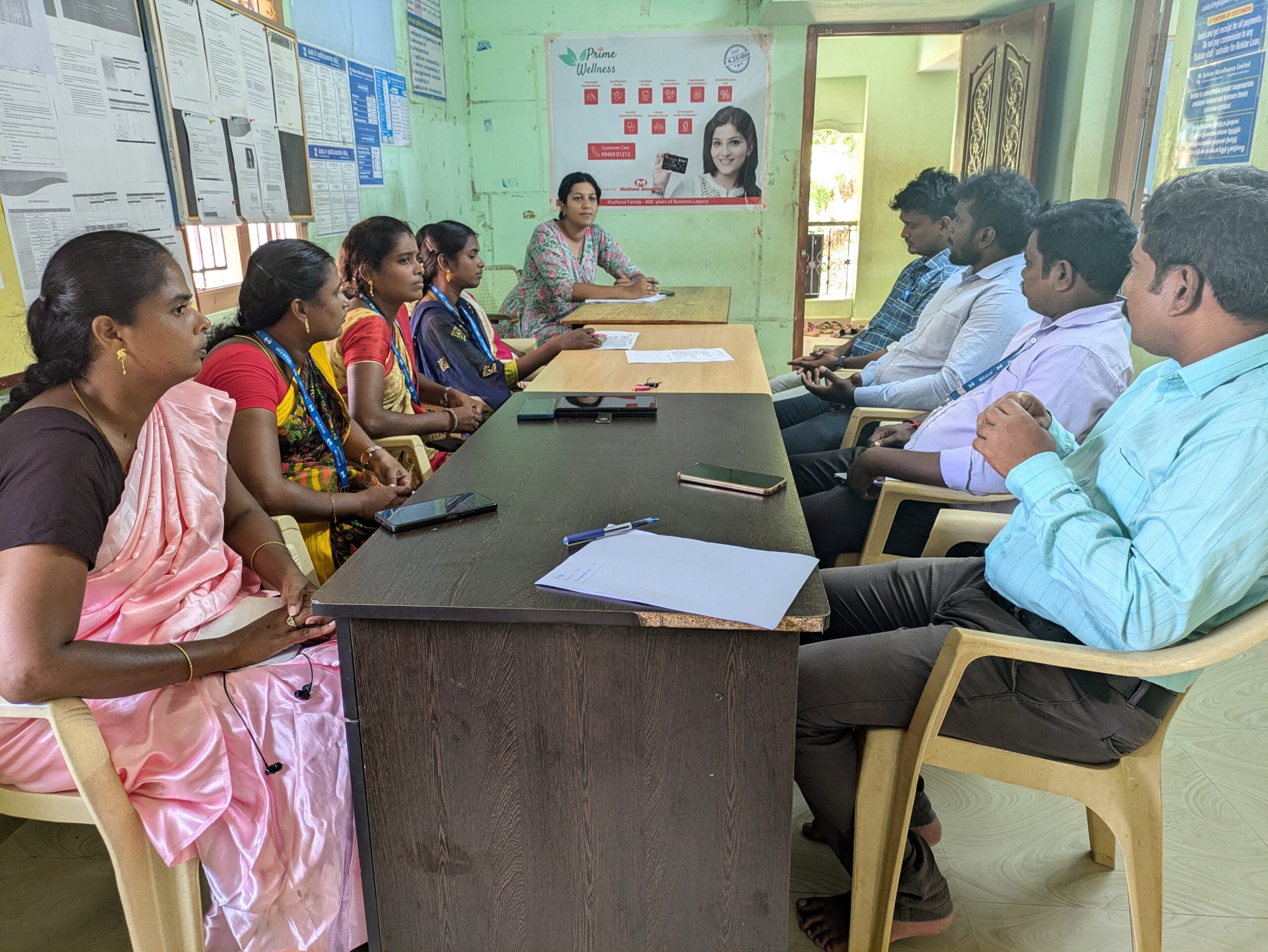
Strengthening microfinance institutions to serve rural women customers
Addressing these challenges requires a dual approach — empowering women with the necessary knowledge and confidence while equipping FSPs with the capacity and tools to cater to the unique needs of rural women customers:
- Building capacity through training: Loan officers act as the primary link between financial institutions and customers, making them critical facilitators of digital adoption. Training these officers to guide customers in digital transactions builds trust and confidence among rural women. Accion developed tailored training modules to train staff to educate women on the benefits of digital transactions, simplifying the process of first-time users, addressing fears of financial frauds, and learning methods to carry out secure transactions.
- Leveraging data for targeted solutions: While financial institutions typically collect demographic data such as age, income, and loan history, they often lack granular insights into financial behaviors, repayment patterns, and specific customer needs. Enhanced data collection and analytics can help tailor solutions, such as integrating UPI 2.0 in the loan repayment process, which allows for seamless recurring payments and fraud reduction.
- Optimizing loan repayment processes: A critical aspect of digital adoption is understanding existing repayment workflows and identifying areas for optimization. For instance, physical locations such as branch offices provide reassurance and mitigate fears associated with technology adoption. By introducing QR codes at branches, microfinance institutions offer women a safe and familiar environment to transition to digital payments.
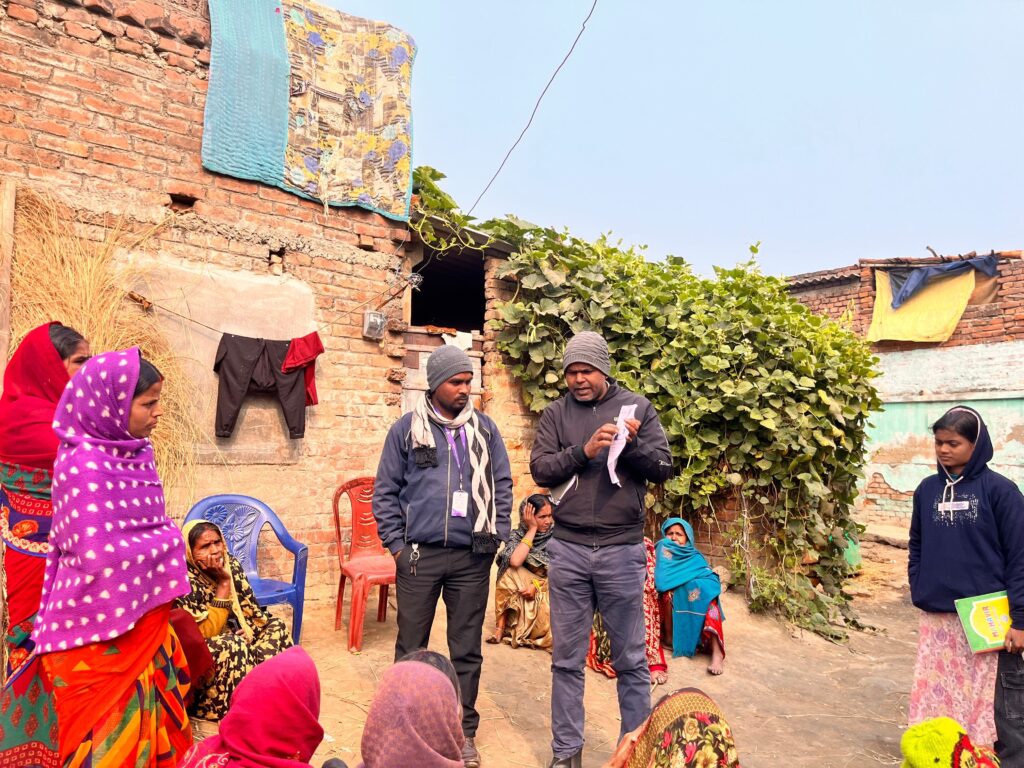
For financial institutions, the transition to digital payments enables:
- Operational efficiency: Loan officers can allocate more time to customer engagement instead of manual collections.
- Reduced risk of fraud: Digital transactions enhance transparency and tracking, minimizing opportunities for financial mismanagement.
- Enhanced loan monitoring: Real-time tracking of loan repayments provides accurate performance insights.
- Scalability: Digital platforms create opportunities for FSPs to expand their customer reach.
These improvements not only reduce operational costs for financial institutions but also position them for sustainable growth, enhancing customer acquisition, risk management, and overall service efficiency.
Between 2022-24, with support from HSBC India and in partnership with Fincare Small Finance Bank and Satin Creditcare Network, we helped 564,368 women carry out digital transactions across India. The current initiative aims to reach 100,000 women and facilitate first-time digital payments across 6 states.
Scaling digital payments among rural populations is not merely a technological shift but a social obligation to include vulnerable segments, such as rural women, in the rapidly evolving digital economy and help them equitably access its benefits. As digital payment adoption grows, its potential extends beyond loan repayments to insurance, savings, and investment products — ultimately driving economic security and resilience for millions across India.
To learn more about our work with financial service providers, contact Accion Advisory.
